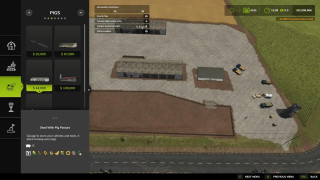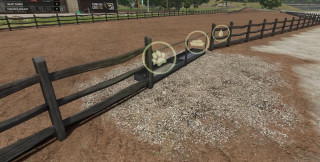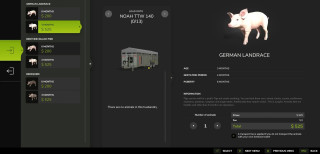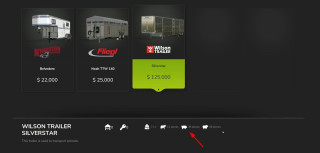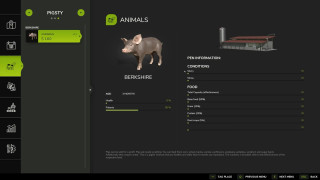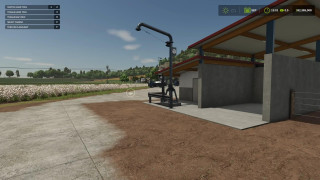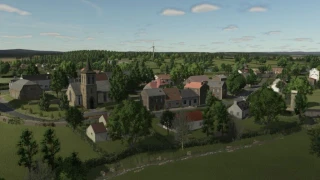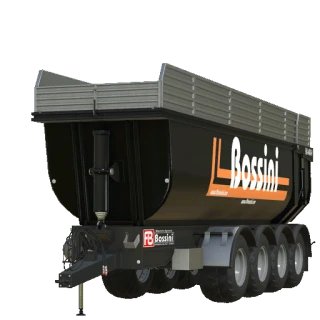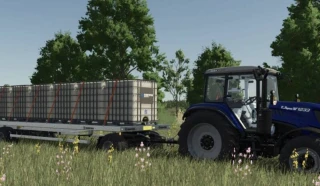Comment élever des cochons dans Farming Simulator 25 ?
There are many nuances that must be taken into account to make pig farming profitable. Choosing the breed, care, nutrition, breeding, selling and processing products - all of this together plays an important role in raising pigs in Farming Simulator 25.
Therefore, the information below will not be superfluous and may well be useful to you if you are just starting out as a farmer!
Choosing a pen and housing
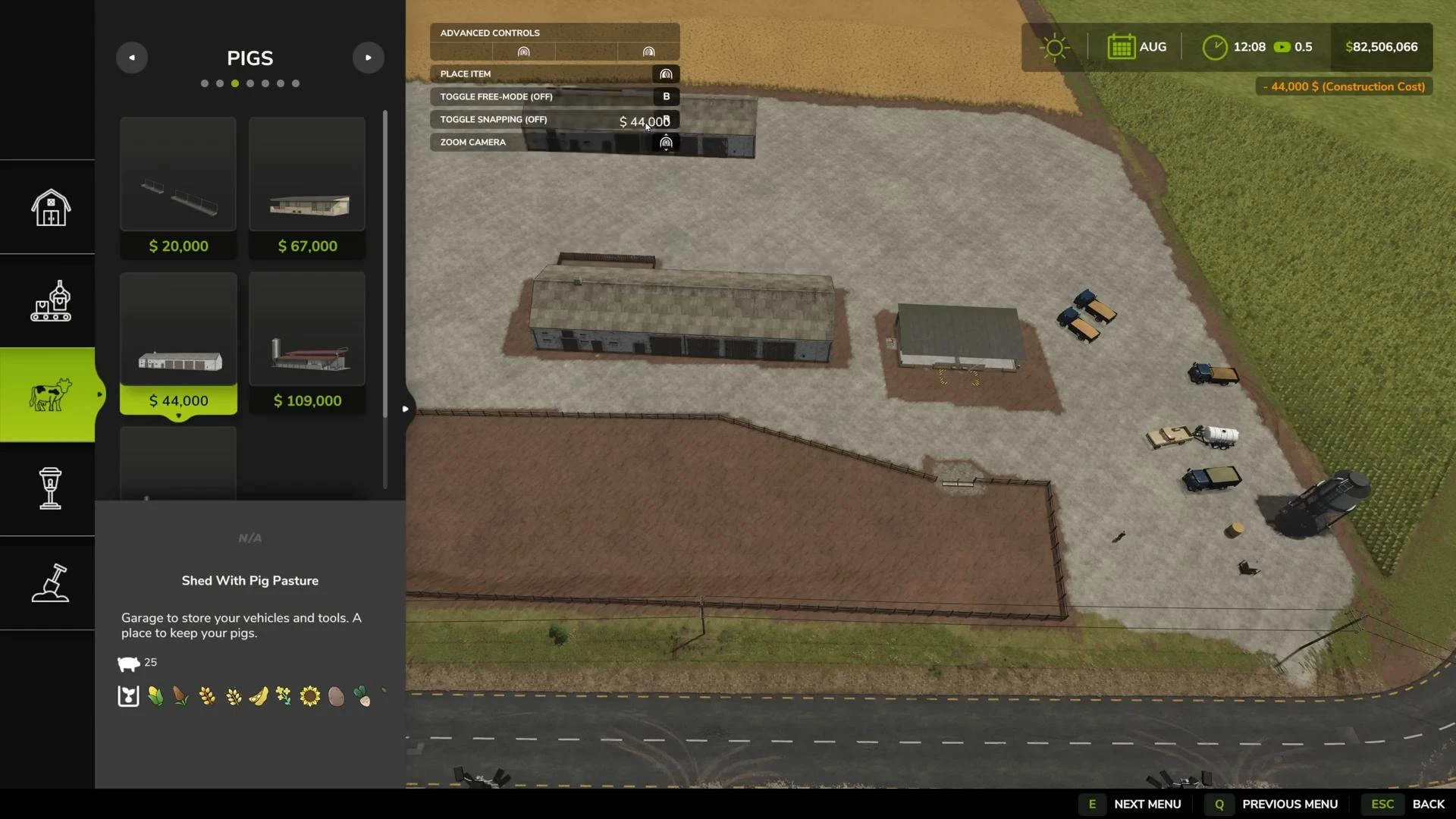
Before you buy pigs, you need to decide where they will live. In FS25 there are several types of pens, differing in capacity and functionality.
You can choose a pasture where the animals need extra care, or a pig farm that provides more automated processes such as automatic water filling.
If hog farming is planned in earnest, it is better to build a large pig farm right away. This will avoid the unnecessary worries associated with manual water supply and provide more income in the future.
When locating the pen, it is important to consider its proximity to storage areas and fields. This will help to reduce the time spent transporting feed and fertilizer that will be produced while the animals are being kept.
How to buy pigs
Purchasing animals is possible in two ways. The first is delivery, where pigs are bought directly from the pen menu, but a commission is charged.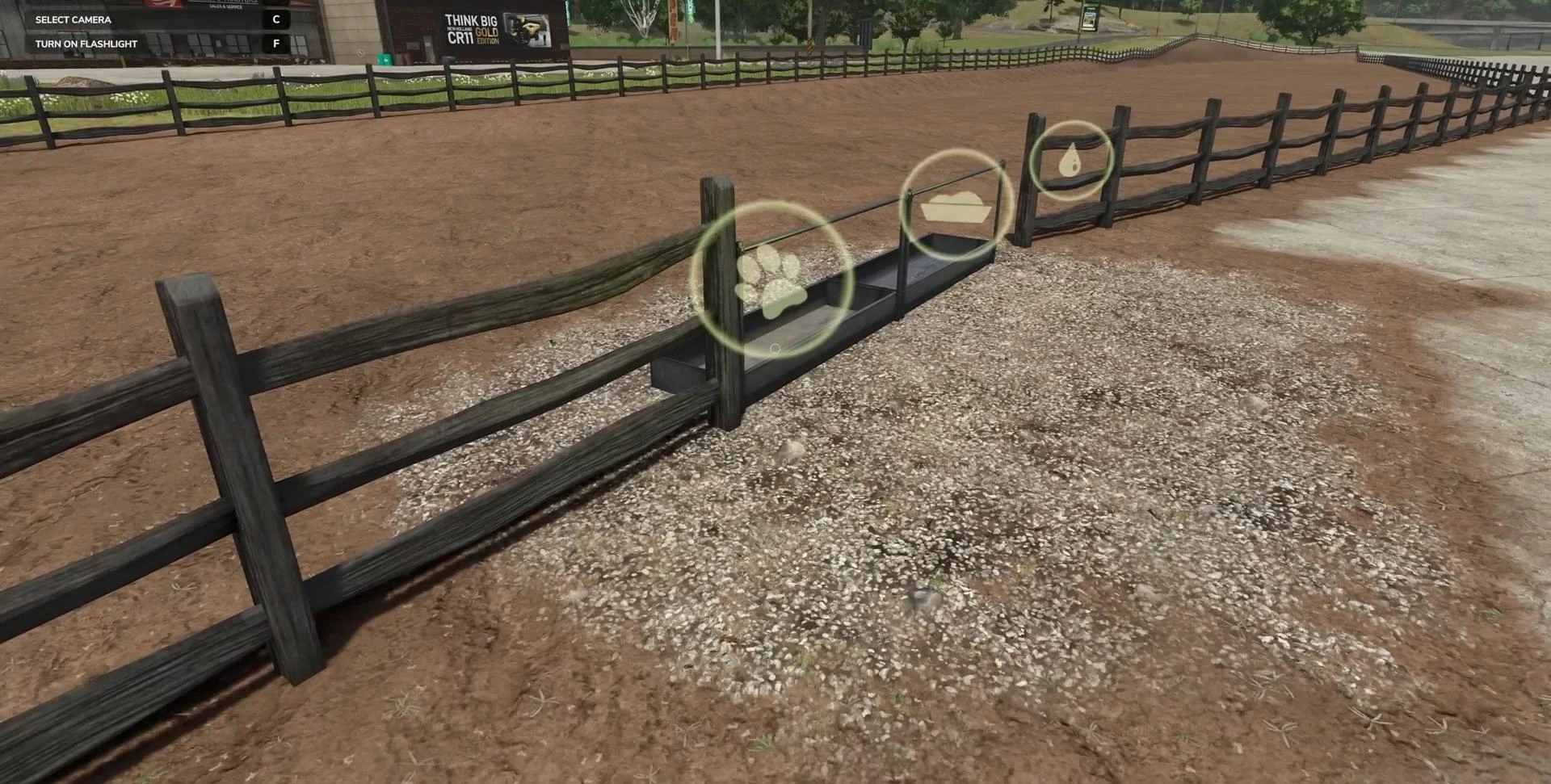
The second is self transportation using a trailer, which saves money.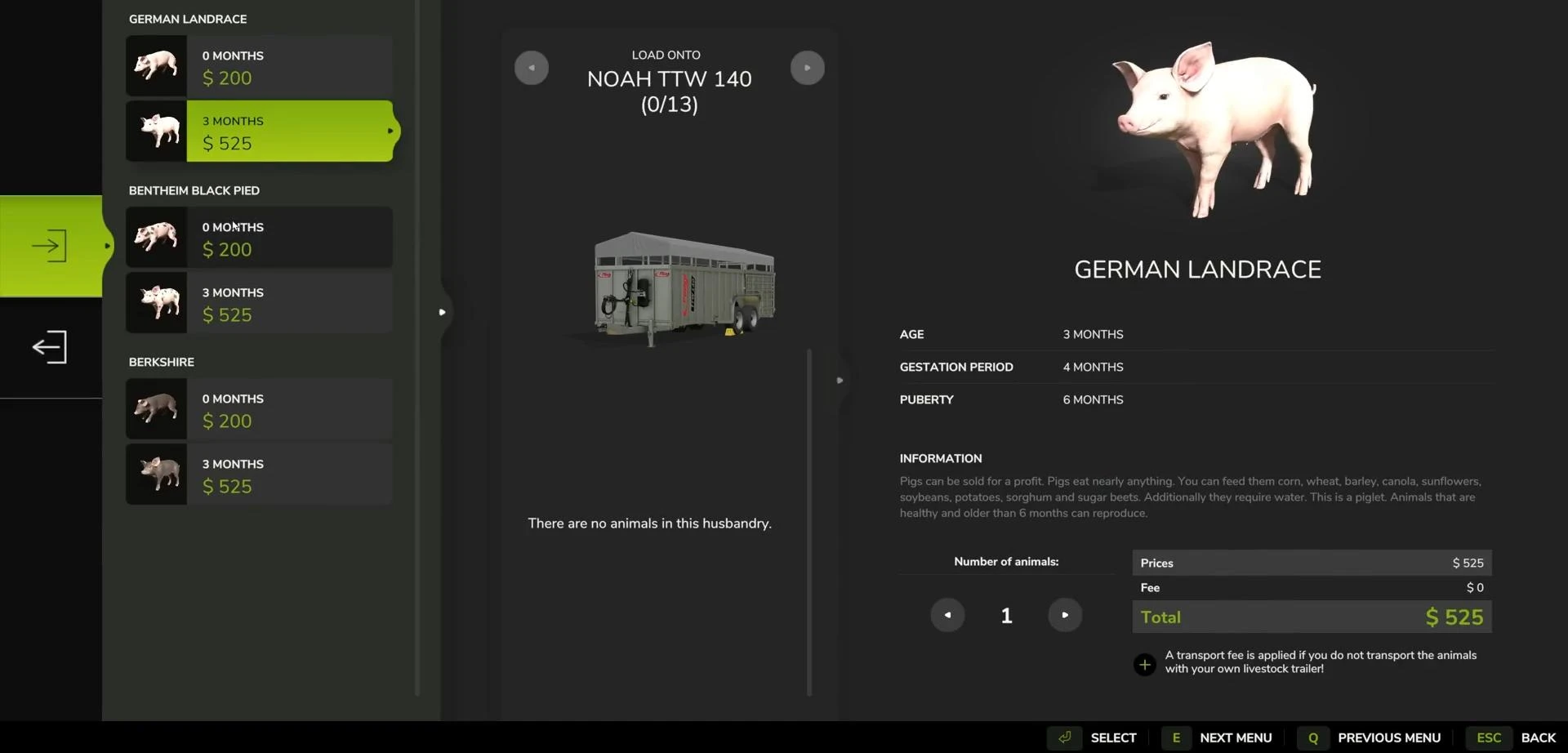
If the second option is chosen, it will be necessary to buy or rent a livestock trailer and go to the point of sale of animals. There, you can select the desired number of piglets and deliver them to the farm.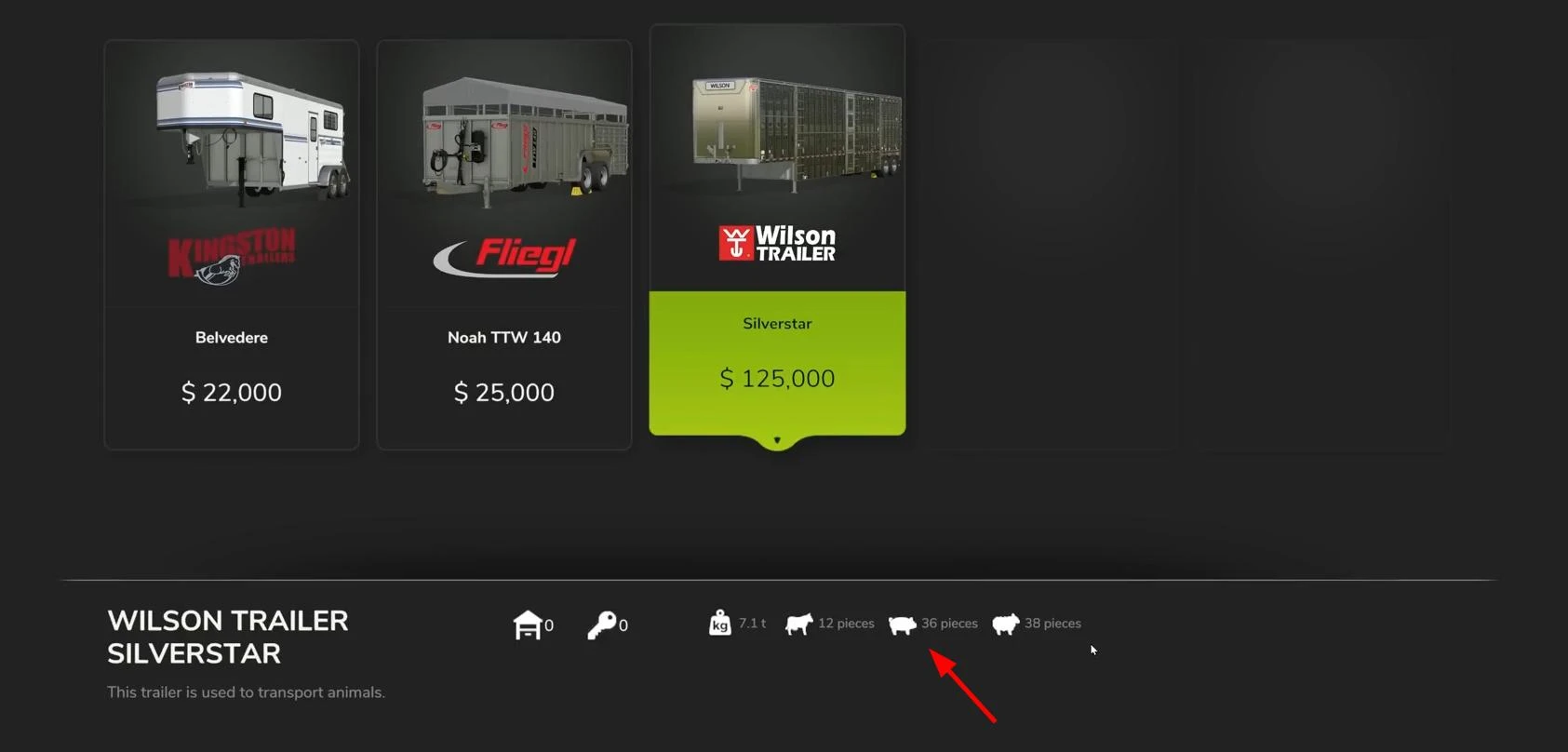
Pigs are sold in two age categories: 0 months and 3 months. Buying young pigs is cheaper, but requires more time to raise them. If a quick profit is important, you can buy three-month-old pigs, which will reach maturity more quickly.
Pig care
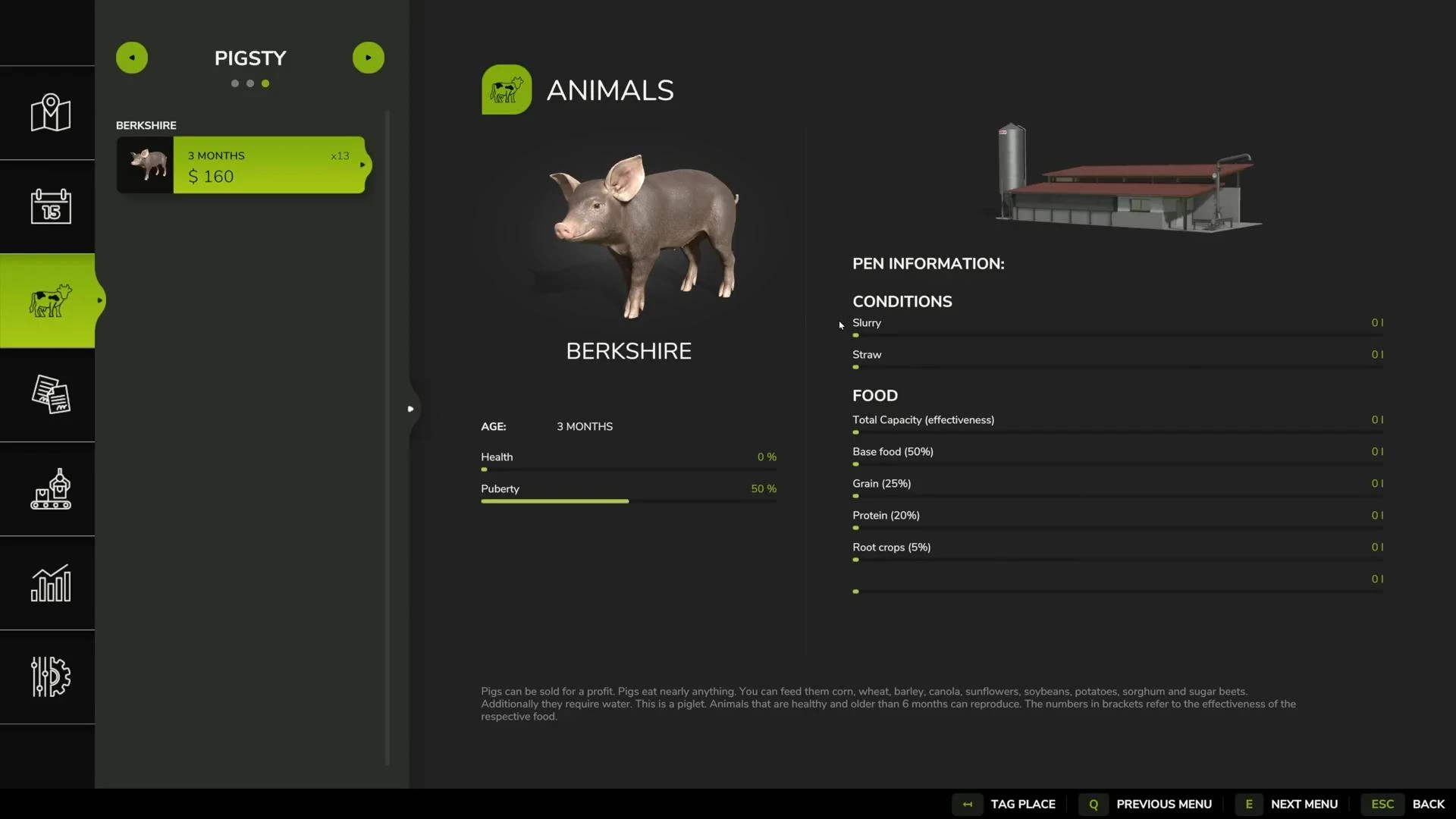
In order for the animals to grow healthy and bring income, they require regular care. The main parameters to look out for are nutrition, water and bedding.
Water
If a pasture is chosen, water should be brought in periodically using a barrel. If the pen is a farm, water is automatically supplied and its cost is deducted as a small daily amount.
Feed
Pigs need a balanced diet. Their diet is divided into four groups:
-
Base feed - corn or sorghum (50% of the diet).
-
Grain - wheat or barley (25%).
-
Protein food - soybeans, sunflower or canola (20%).
-
Root vegetables - potatoes, carrots, beets (5%).
For convenience, you can buy ready-made mixed fodder in the store, which immediately contains all the necessary ingredients, but it is more expensive than independent production of feed. If you want to save money, it is better to grow grains and root crops yourself.
Bedding and fertilizer
When straw is added to the pen, pigs begin to produce manure. Without it, only slurry remains, which is also used as fertilizer.
If you plan to grow crops, you should have a system for collecting manure and slurry. They can be used to fertilize the fields so that you don't have to spend money on chemical fertilizers.
How to make money from pigs
The main income from pigs comes in two ways: selling the adults and using the waste as fertilizer.
When a pig reaches the age of six months, it can be sold for a profit. This can be done in two ways: either through the pen menu (but with a commission) or by transporting the animals to market with a trailer, avoiding unnecessary costs.
In addition to selling animals, you can make money from fertilizer. Manure can either be sold or used on your own fields. Slurry is also a great fertilizer, especially if the farm already has machinery to spread it.
Is it worthwhile to farm pigs?
If there is a desire to build a large farm and make a regular profit, this option will be an excellent choice. However, without proper attention and care, you can quickly go into a minus. Therefore, before you start, it is worth preparing everything you need in advance: feed, equipment and a place to store fertilizers.
With a competent approach, pig farming turns into a profitable business that pays for itself more than enough.
 (1)-md_fs25planet.jpg)
 (1)_fs25planet.jpg)
